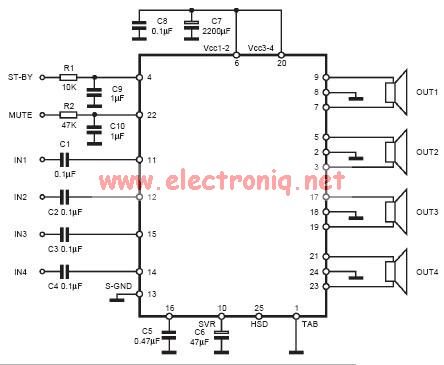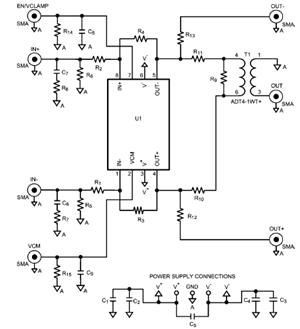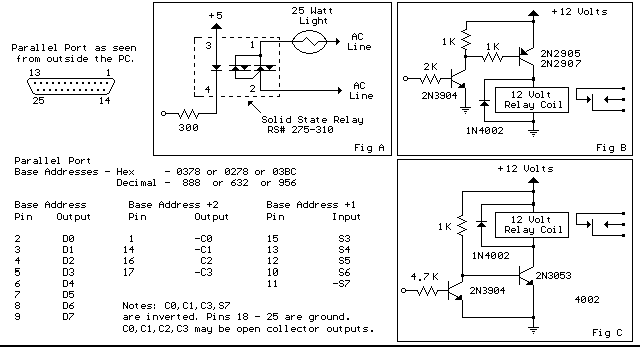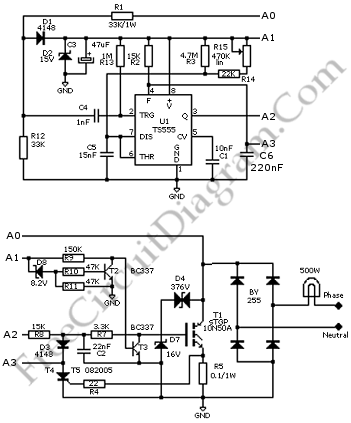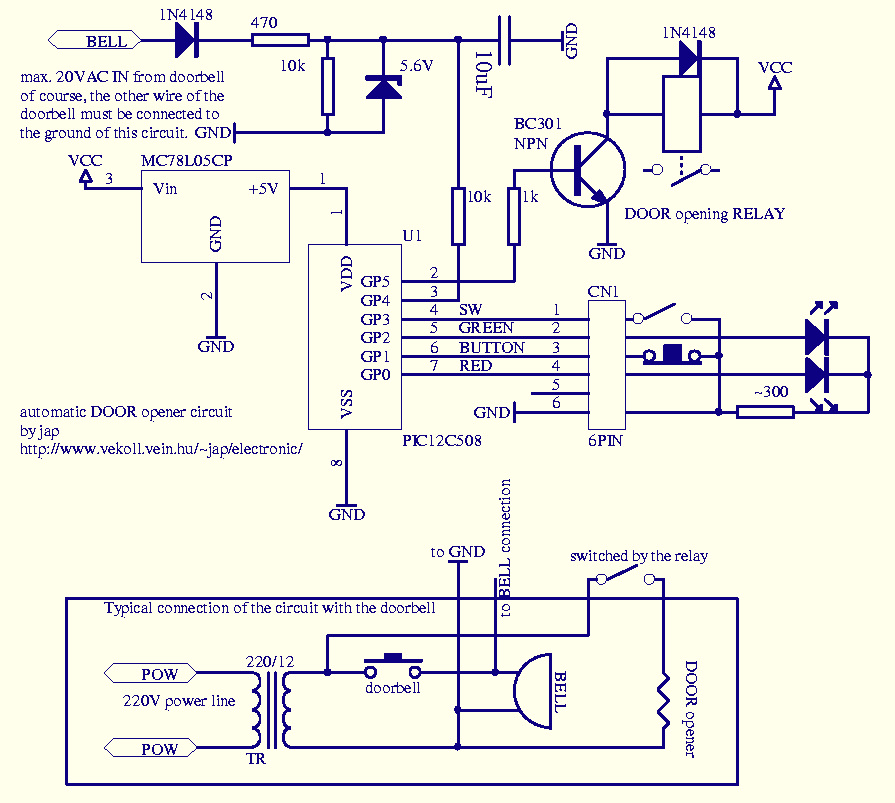
TRAFFIC LIGHT SEQUENCER CIRCUIT
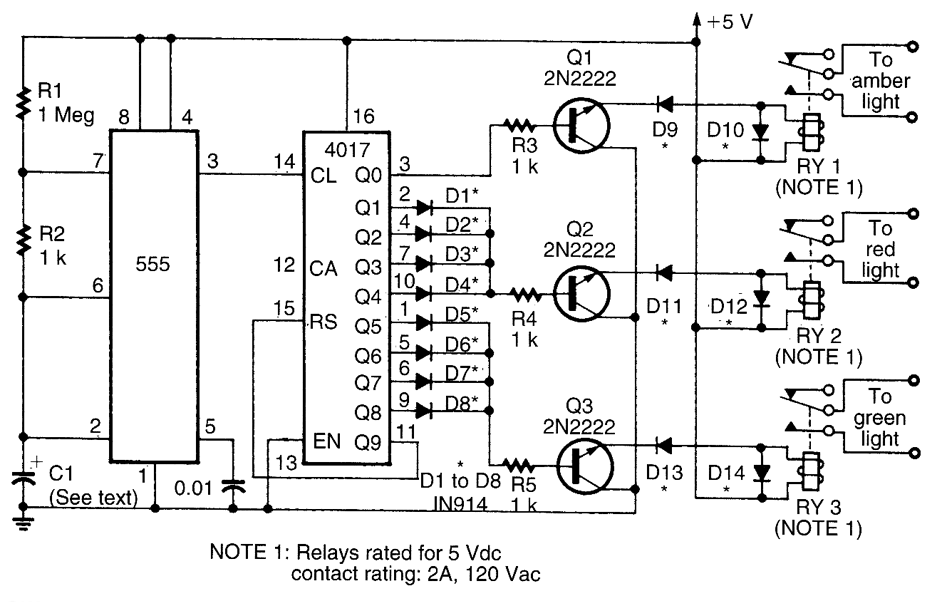
This circuit utilizes a 555 timer to control a 4017 decade counter. The outputs from the counter are used to drive transistor relay drivers. The duration for which the lights remain "on" can be adjusted by modifying the connections of the counter's outputs.
The circuit begins with the 555 timer configured in astable mode, generating a continuous square wave output. This output serves as the clock signal for the 4017 decade counter, which counts the number of pulses received. The 4017 has ten outputs, each corresponding to a count from 0 to 9, which can be utilized to control different devices or lights.
Each output of the 4017 is connected to a transistor relay driver. These drivers are essential for switching higher power loads, such as lamps or motors, that cannot be directly controlled by the logic-level outputs of the 4017. The transistors act as switches, allowing the low-power output from the 4017 to control the high-power devices.
To adjust the time that the lights remain "on," the connections of the outputs from the 4017 can be altered. For instance, by connecting multiple outputs to a single relay driver, the duration of the "on" state can be extended, as the relay will remain activated until all connected outputs have cycled through. This flexibility allows for a variety of timing configurations depending on the desired application.
Overall, this circuit is suitable for applications where sequential lighting or timed activation of devices is required, such as in decorative lighting displays, automated signage, or alarm systems.This circuit uses a 555 timer to drive a 4017 counter. The counter outputs drive transistor relay drivers. Time lights "on" can be proportioned by changing connections of outputs of counter. 🔗 External reference
The circuit begins with the 555 timer configured in astable mode, generating a continuous square wave output. This output serves as the clock signal for the 4017 decade counter, which counts the number of pulses received. The 4017 has ten outputs, each corresponding to a count from 0 to 9, which can be utilized to control different devices or lights.
Each output of the 4017 is connected to a transistor relay driver. These drivers are essential for switching higher power loads, such as lamps or motors, that cannot be directly controlled by the logic-level outputs of the 4017. The transistors act as switches, allowing the low-power output from the 4017 to control the high-power devices.
To adjust the time that the lights remain "on," the connections of the outputs from the 4017 can be altered. For instance, by connecting multiple outputs to a single relay driver, the duration of the "on" state can be extended, as the relay will remain activated until all connected outputs have cycled through. This flexibility allows for a variety of timing configurations depending on the desired application.
Overall, this circuit is suitable for applications where sequential lighting or timed activation of devices is required, such as in decorative lighting displays, automated signage, or alarm systems.This circuit uses a 555 timer to drive a 4017 counter. The counter outputs drive transistor relay drivers. Time lights "on" can be proportioned by changing connections of outputs of counter. 🔗 External reference

